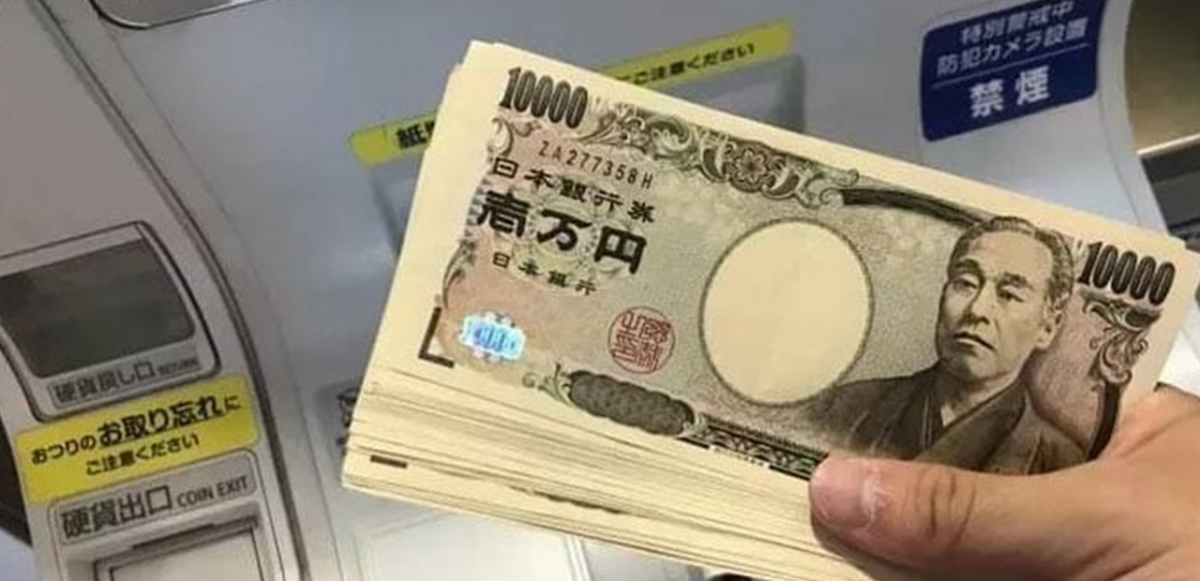Inflation at Wholesale Level in Japan Decelerates for the Sixth Consecutive Month
Japan’s wholesale inflation has been witnessing a steady slowdown for the sixth consecutive month as of June, largely attributed to the declining prices of fuel and commodities. The data, released on Wednesday, indicates an easing of the cost-push pressure that has previously escalated consumer prices.
This downward trend in inflation is in line with the predictions of Japan’s central bank. They foresee a further deceleration in consumer inflation in the coming months, primarily driven by a decrease in global commodity prices from their peak levels last year.
Masato Higashi, the head of the Bank of Japan’s price statistics division, shared insights into this ongoing trend during a briefing. He pointed out that sectors like food and beverage manufacturers are still passing on their increased raw material costs to consumers. However, the pace at which this is happening appears to be moderating.
A key indicator of this trend is the Corporate Goods Price Index (CGPI), which measures the price companies charge each other for goods and services. In June, the CGPI rose by 4.1% compared to the same period the previous year. Although this was an increase, it was slower than the median market forecast predicting a rise of 4.3%.
This rise followed a 5.2% gain in May, marking the slowest annual pace since April 2021, according to data from the Bank of Japan. Several factors contributed to this slowdown. Utility and gas bills, which rose 5.3% in June from a year earlier, were much smaller than a 12.8% gain in May. Food and beverage prices also increased by 7.4% in June, which was slightly less than an 8.0% gain in May.
Import prices based on yen fell by 11.3% in June from a year earlier. This was the most significant annual drop since July 2020, providing some respite for retailers heavily dependent on raw material imports.
The Bank of Japan continues to emphasize its commitment to maintaining an ultra-loose monetary policy. This policy will remain in place until the recent cost-driven rise in inflation shifts to price gains. This shift would ideally be driven by robust domestic demand and accompanied by an increase in wages, thus contributing to a more sustainable economic growth pattern.

.webp)



